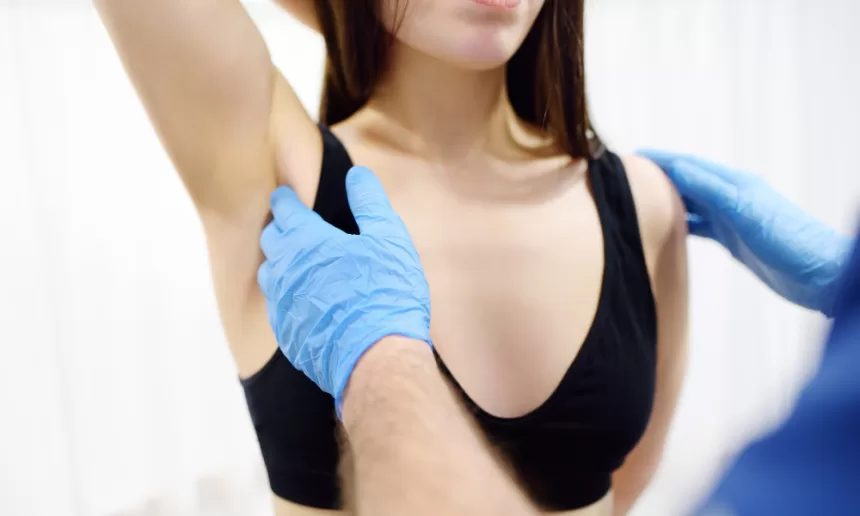Breast Reconstruction
Introduction
Breast reconstruction is a surgical procedure designed to rebuild the shape and appearance of a breast after a mastectomy (breast removal surgery) or injury. It helps restore physical balance and confidence, enabling patients to feel more comfortable in their bodies. With the development of medical technology, breast reconstruction is a safe and useful method for women all over the world.
What is Breast Reconstruction?
Breast reconstruction refers to the reconstruction of the breast mass by implants, of the pectoralis tissue of the breast or both. The medical team can carry out this technique directly post-mastectomy or later in the patient’s recovery after completion of other therapies such as chemotherapy or radiotherapy.
Why is Breast Reconstruction Needed?
Breast reconstruction is essential for women who have undergone a mastectomy or experienced significant breast trauma. It provides:
- Improved Appearance: Restores the natural look and shape of the breast.
- Boosted Confidence: Helps patients regain self-esteem and emotional well-being.
- Physical Symmetry: Balances the body’s proportions, especially when wearing clothing.
Types of Breast Reconstruction
- Implant-Based Reconstruction:
- Restructure the breast with silicone or saline implants.
- Available for women who have adequate chest tissue to hold the implant.
- Autologous Tissue Reconstruction:
- Makes use of the patient’s body tissue (e.g., of the abdomen, the back, the thighs) to produce the breast projection.
- Examples are DIEP flap, TRAM flap, and Latissimus Dorsi flap procedures.
- Hybrid Reconstruction:
- Blends implants with autologous tissues for a more integrated appearance and sensation.
- Nipple and Areola Reconstruction:
- Replaces the appearance of the nipple and areola by tattooing or tissue grafting.
Procedure Steps
- Consultation and Planning:
- The clinician assesses the medical, treatment history, and treatment time frame of the patient.
- Anesthesia:
- General anesthesia is induced to provide comfort during the procedure.
- Reconstruction Technique:
- In the case of implants, a tissue expander is first implanted (to stretch the skin out).
- Reshaping tissue is done to reconstruct the tissue in the case of tissue harvest.
- Shaping and Positioning:
- The surgeon shapes the breast to reach the desired size and symmetry.
- Nipple Reconstruction (if needed):
- Further examinations may be carried out to reconstruct the nipple and areola.
- Closing Incisions:
- The incisions are closed with sutures, and dressings are applied to cover the surgical site.
Benefits of Breast Reconstruction
- Enhanced self-esteem: Helps patients feel whole and confident again.
- Natural Appearance: Advanced techniques provide realistic and symmetrical results.
- Restoration of Body Balance: Improves body proportions and posture.
- Emotional Healing: Plays a significant role in the psychological recovery process.
Cost of Breast Reconstruction
- United States: $8,000 – $15,000
- United Kingdom: $7,000 – $12,000
- Thailand: $4,500 – $7,000
- India: $4,000 – $6,000
Best Hospitals in India for Treatment
India has world-class hospitals offering breast reconstruction surgeries. Some of the best include:
- Metro Hospital Faridabad is renowned for its state-of-the-art reconstructive surgery facilities and patient experience.
- Fortis Healthcare (Delhi): advanced technique and skilled surgeons.
- Max Healthcare (Delhi): Known for its high-touch care and advanced technology.
Risks and Complications
Although generally safe, breast reconstruction has associated risks, including:
- Infection: Proper postoperative care minimizes this risk.
- Scarring: Incisions may create scars, but these scars generally dissipate with time.
- Implant Issues: Implants may rupture or cause capsular contracture.
- Donor Site Complications: The donor site may be painful or weak for autologous tissue regeneration purposes.
- Asymmetry: Surgeons may need to perform revision surgery on those with minor variations in size or form that require correction.
Recovery
Recovery from mastectomy reconstruction depends on the technique used:
- First Week: Swelling, bruising, and discomfort are common. Pain medications and supportive garments help manage symptoms.
- 2-4 Weeks: Most patients can resume light activities but should avoid heavy lifting or strenuous exercise.
- 6-8 Weeks: Doctors achieve complete recovery, and patients can slowly resume their normal routine.



